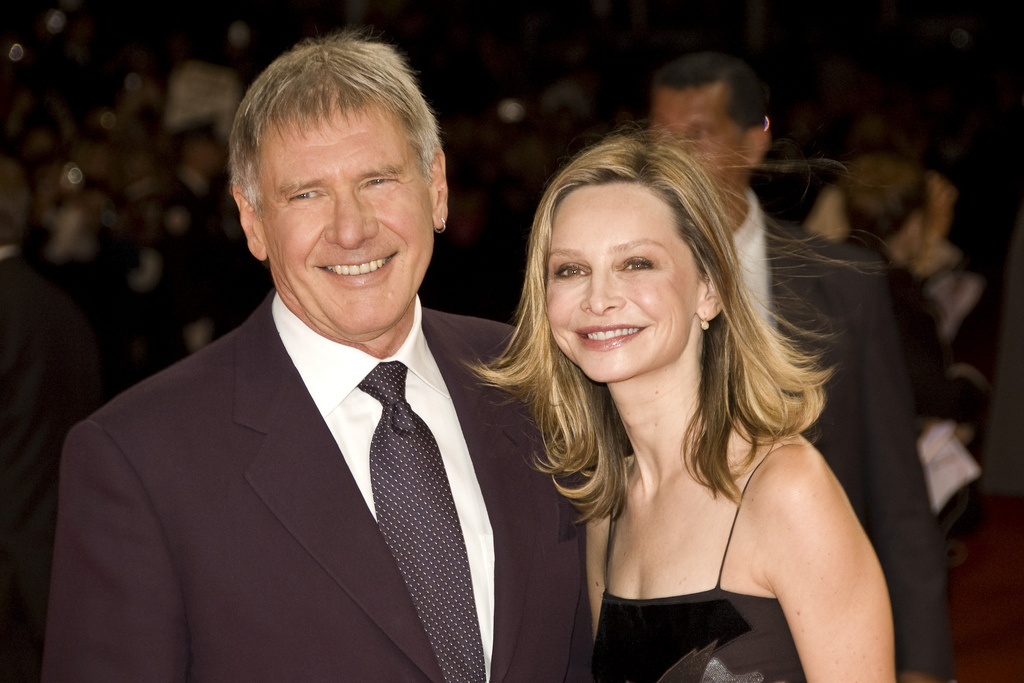 |
| The Cinema or the imaginary man |
Everyone knows the two works on cinema that Edgar Morin has signed, the Cinema or the imaginary man and the Stars, two "classics", the first of an anthropology of the cinema and the second of a sociological phenomenon of reception, two directions of research and thought that seemed to have remained without posterity in the field of film studies before the rise of cultural studies and their delayed and thwarted effects in France. Films and controversies, the film by Olivier Bohler and Céline Gailleurd presented in October 2014 at the Forum des Images and soon in theatrical distribution, TV, and DVD. Finally, an expected publication of the writings of Morin's "film critic" should also be published this year at the Editions du Bord de l'Eau, prepared by Emmanuel Lemieux. Before the cinema or the imaginary man - which could be presented as an "aerolite" - there was the active participation of Morin in sociological research initiated by Georges Friedmann at the CNRS within the framework of the Institute of Filmology, associates as it happens.
In 1955, at the 2nd International Congress of Filmology held in Paris, he presented an intervention with Friedmann, summarized in the preparatory material distributed to the delegates under the title "De la méthode en Sociologie". He is also the champion of an anti-academic "sociology of the present" that expresses itself willingly in the sociological report, the press article. A tone close to the "mythologies" that Roland Barthes had begun to publish regularly in the Lettres Nouvelles and that he will bring together in volume in 1957, which differs from it because Morin's analysis is not internal to the image, the text like that of Barthes, it refers to context, social practices, needs and desires. The eulogy of the Scream though, at first glance, the author says approaching it outside of his specialty of sociologist while saying not to be a critic of cinema, is supported by this attention of Morin to what a film can express a historical conjuncture by refracting it into the psyche of characters that can not be reduced to their social roles.
At the same time, it is worth recalling that in 1957 the Cahiers du Cinéma had difficulty apprehending Antonioni, a "modern" filmmaker and for that reason ill-fitting the "Hitchcock-Hawksian" ideal advocated at the time. Bazin, initially impressed, finally shows himself reserved - speaks of "process" of "staging ... too systematic and concerted". In the "Council of Ten", Rohmer grants him a single star, Rivette, Bitsch, and Domarchi both. The investigation of the heroes of the films of the "New Wave" identifies and classifies social types and behaviors such that these films represent them by difference with contemporary films but belonging to the established currents of French cinema.
Finally, with the publication of the "manifesto" "For a new" cinema-truth "" in France Observateur in 1960, it develops a theory of audio-visual communication that migrates from the "documentary" cinema, where it is inaugurated with Rouch, interviewing techniques in the human sciences.






















